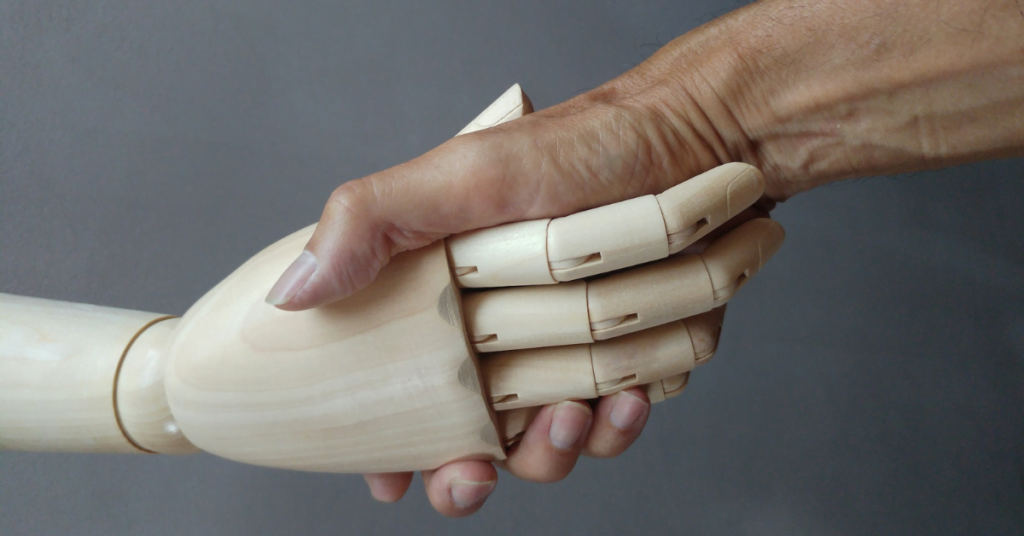People with disabilities often face challenges in performing daily tasks due to limited use of their limbs. However, advancements in prosthetics and technology have opened up possibilities for greater independence and improved quality of life. This article explores the process of building a prosthetic hand and how it can positively impact someone’s life.
The Process of Building a Prosthetic Hand
To build a prosthetic hand one needs precision and a keen eye for detail to build a prosthetic hand. The initial step involves creating the base structure of the hand using techniques like 3D printing, welding, or machining. Once the base is formed, components such as motors or servos are incorporated to enable movement controlled by an external wired or wireless controller.
Fine-tuning and adjustments may be necessary to ensure proper fit and optimal functionality, aided by an Arduino board or Raspberry Pi computer system. Additional features like sensors or feedback devices can be added to enhance the hand’s functionality.
Thorough testing is vital before individuals with disabilities use the prosthetic hand. It is crucial to verify the proper functioning of all components and eliminate any safety hazards. Basic programming skills can also be beneficial for customization beyond simple finger movements. This customization allows the prosthetic hand to meet specific user needs, meaningfully impacting their daily life.
Considerations for Building a Prosthetic Hand
Apart from testing and customization, several other factors should be considered when building a prosthetic hand. Compatibility and safety of materials must be ensured to prevent rusting and skin irritation upon prolonged contact. Electrical components should adhere to appropriate safety standards, such as UL approval, to mitigate any risks in case of malfunction. These considerations are essential to ensure the safety and effectiveness of the prosthetic hand.
Distribution and Accessibility
Once the prosthetic hand has been thoroughly tested and meets all safety standards, it can be provided free of charge or sold commercially. However, it is crucial to comply with local laws and regulations regarding medical devices. This approach offers affordable alternatives to individuals who rely on such technology but may face financial constraints.
Building a prosthetic hand is a complex endeavor, but remarkable devices can be created with careful planning and research. These devices enhance the quality of life and restore mobility that may have seemed unattainable. Safety should always be a priority throughout the entire process.
In conclusion, building a prosthetic hand is a meaningful endeavor that can make a significant difference in the lives of individuals with disabilities. By providing accessible and affordable alternatives, this technology empowers individuals to regain independence and mobility. Remember to prioritize safety and thorough testing to ensure the effectiveness of your creation.
Related Articles,
